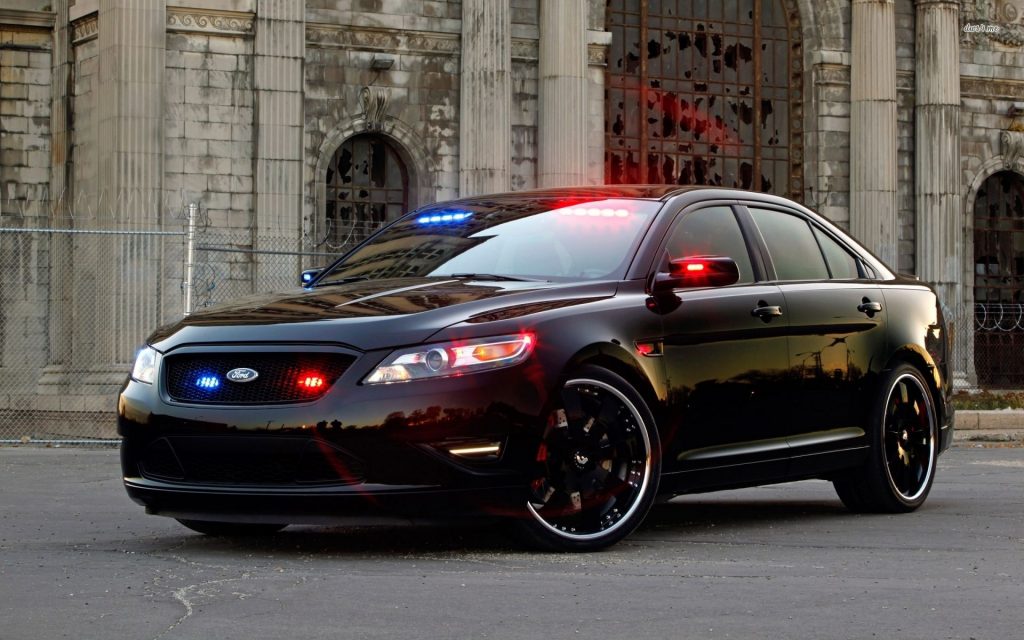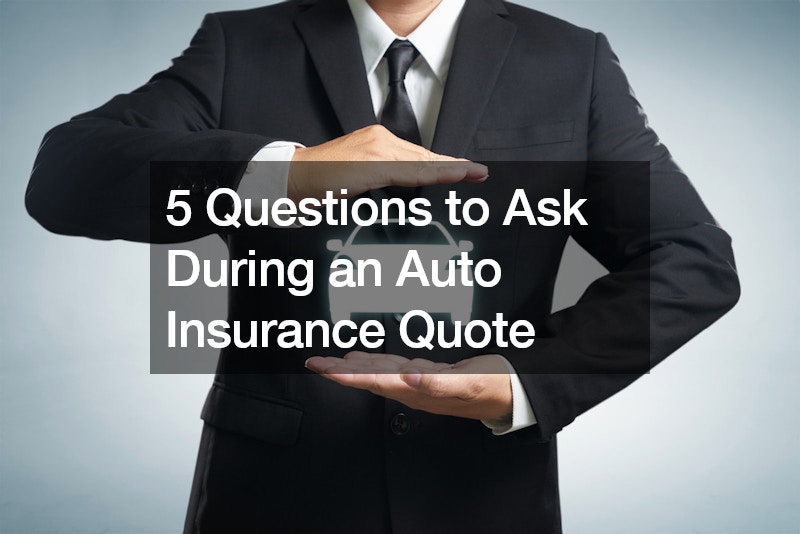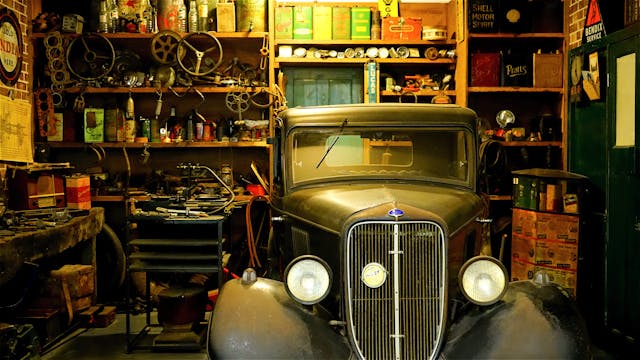Highway patrol units are important in cities. Their main purpose is to monitor and implement safety on streets, avenues, highways and other types of roads.
You can find patrol officers in their police cars enforcing road laws, work with emergency officials in the event of an accident and lending a hand to local police authorities in catching criminals. When these highway patrol officers aren’t on the road, you could find them working with courthouses and sometimes testifying in court to a road crime that took place.
Although some officers are easy to spot, others go undercover and drive unmarked police vehicles.
What’s an Unmarked Police Car?

An undercover cop car is a nondescript vehicle used by patrol officers to catch traffic violators. Police authorities go undercover to apprehend motorists who flagrantly violate the driving laws.
One of the violations they hope to catch is speeding — a reckless driving behavior that has spiked during the pandemic. A news report revealed that police officers in Utah, Colorado, Nebraska and Indiana have clocked motorists traveling over 100 miles per hour on highways. Violators caught speeding will get a ticket for reckless driving, face stiff fines, land in jail or even lose their driver’s license.
Apart from catching traffic violators, officers take their unmarked police vehicle to keep a close watch on suspicious individuals. A ghost police car tailing you can be scary, as the authorities can pull you over at any time if they catch you breaking the law.
How to Spot an Unmarked Police Vehicle

Identifying a police car that’s in camouflage isn’t as difficult as it sounds. An unmarked patrol vehicle has certain features that scream “police officers in the area.”
Here are some signs to help you identify undercover cop vehicles:
Car Models
Undercover vehicle units could be anything from a Camaro to a Grand Caravan. There are, however, a handful of favorites used by patrol officers.
The police usually drive the following:
- Ford Crown Victoria
- Hummer H3
- The “New” Chevrolet a.k.a. Chevy Caprice (Note: This model is only available to law enforcement personnel)
- Ford Taurus
- Dodge Charger Pursuit
- Dodge Charger LX
- Chevy Tahoe
- Chevy Impala
- Ford Explorer
Take note that this is not an exhaustive list. Police officers are free to choose the car model they want, so long as it doesn’t catch attention. Common sense, however, will tell you that they’re unlikely to drive the latest models of Tesla, Maserati and luxury cars that turn heads. Instead, they may drive new (but discreet) or old police car models.
Color of the Vehicle
On top of the make and model of the car, you need to factor in the vehicle’s color. Undercover patrol officers usually drive neutral-colored vehicles — think grays, blacks and whites.
Radio Antennas
Police officers have to be in constant communication with headquarters, as well as other law enforcement units in the area. This means that they have to install antennas in their undercover cop car. This device is often present on the trunk or the roof of the vehicle.
Note that the number of antennas on the vehicle can also give you a clue. Consumer cars usually just have one or two antennas. A cop vehicle, on the other hand, may have as many as five separate antennas.
Municipal License Plates
Unmarked patrol vehicles are often equipped with state-issued licensed plates. Unlike the license plates you find in ordinary vehicles, municipal plates usually feature a short but pre-determined string of numbers. What’s more, these plates may have the letters “MU” included at the end.
Dark Window Tinting
Tinted windows aren’t uncommon in cars. As a matter of fact, they come as a standard feature in celebrity cars and other upscale luxury vehicles. What makes the tints of a police vehicle different is that they’re a lot darker toward the front. Although this darker tinting makes seeing the inside of the undercover cop car more difficult, it also makes the vehicle more noticeable.
Bump Bars
A bump bar, also known as a crash bumper, is a cage-like vehicle accessory with two purposes: force other cars off the road and prevent or minimize damage in the event of a vehicular collision. You can find this component on any style, make and model of a police car. Law enforcement officers usually install crash bumpers on a sedan due to the vehicle’s top-notch maneuverability and speed.
Spotlights
An unmarked police vehicle may be equipped with a spotlight, a round and big exterior light accessory located in front of the driver’s side mirror. The purpose of this car component is to help the patrol officer see the road properly during nighttime traffic stops.
Light Bars on the Front Grille
Some undercover cop cars have built-in light bars on the vehicle’s front grille. The same lights may also be present on the dashboard of the car.
This equipment is a lot more difficult to spot compared to other telltale signs. You can’t easily see the exact location of these light bars — until you notice the red and blue flashing lights on your rearview mirror. You know that a cop is on your tail once you see those activated light bars on your mirror, as the law prohibits civilians from using vehicles equipped with emergency lights.
What to Do When Being Followed by an Unmarked Police Car

Take note that not all unmarked cars are from the police. Criminals can use this undercover cop strategy to assault, rob or threaten motorists. When a stranger (which may or may not be a cop) asks you to pull over, here’s what you should do to stay safe on the road:
- Find a safe place to pull over. Never pull over on a secluded area or a quiet road. Instead, look for a well-lit and busy area. A few examples include a local police station, a gas station, a parking lot and a business establishment that’s receiving a lot of foot traffic.
- Reduce your speed and switch on your flasher or turn signal. This indicates that you’re planning to pull over at a reasonable distance.
- Keep your doors locked and your hands visible at all times. Then wait for the law enforcement officer to approach your vehicle.
- Roll down your window. But only up to point that’ll allow you to pass documents and talk to the officer in plain clothes.
- Ask for official credentials. Police officers are obliged to show their credentials when requested.
- Call 911 (or have one of your passengers call 911) and let the authorities on the other line know that you’re being tailed by an unmarked patrol car. If possible, provide the make, model and license plate of the car of the vehicle to the dispatcher. The authorities will let you know if the patrol car is legitimate. If it isn’t, they’ll provide additional instructions on what to do in this situation. If you’re still concerned, ask to have a marked vehicle to respond.
Are Unmarked Police Cars Even Legal?

The answer may depend on several factors, such as the way the police officer is using that undercover vehicle, the time of day and your current location.
Some states use undercover cop vehicles to stop erring drivers for speeding and other traffic violations. The police officers of New York, for instance, are using unmarked vehicles to catch motorists who are texting while driving. Other states allow officers to drive unmarked vehicles to stop drivers who pose threat to public safety.
Restrictions, however, apply in some states concerning the use of unmarked police cars. The state of Ohio, for instance, requires all law enforcement vehicles to have a distinct marking or color. The cars should also have a minimum of one rotating, flashing or oscillating light installed on top of the vehicle.
Another example is New Mexico. The state Supreme Court ruled that a police officer can’t use unmarked vehicles for high-speed chases. If patrol officers want to initiate a pursuit, they should do so using an appropriately marked law enforcement vehicle.
As you can see, the restrictions on the use of an undercover vehicle vary from one state to another. If you’re unsure about the laws in your state, check with a traffic law attorney.
The Value of Unmarked Police Cars on Public Safety
Different states use a limited number of unmarked police cars to address multiple concerns, aside from traffic enforcement:
- Crime reduction initiatives (e.g., street robberies and residential burglary)
- Drug enforcement
- Neighborhood patrols
- Fugitive apprehension
So although it seems like trickery to have unmarked cars perform law enforcement activities, they do serve a valuable purpose. But it’s natural to be anxious when you’re being pulled over by an unmarked vehicle. Criminals may copy this procedure, impersonate a police officer and threaten your safety.
When an unmarked police car signals for you to pull over, don’t panic. Follow the suggestions posted in this guide. If the person that comes to your window is a genuine police officer, let them speak first and wait for further instructions.





